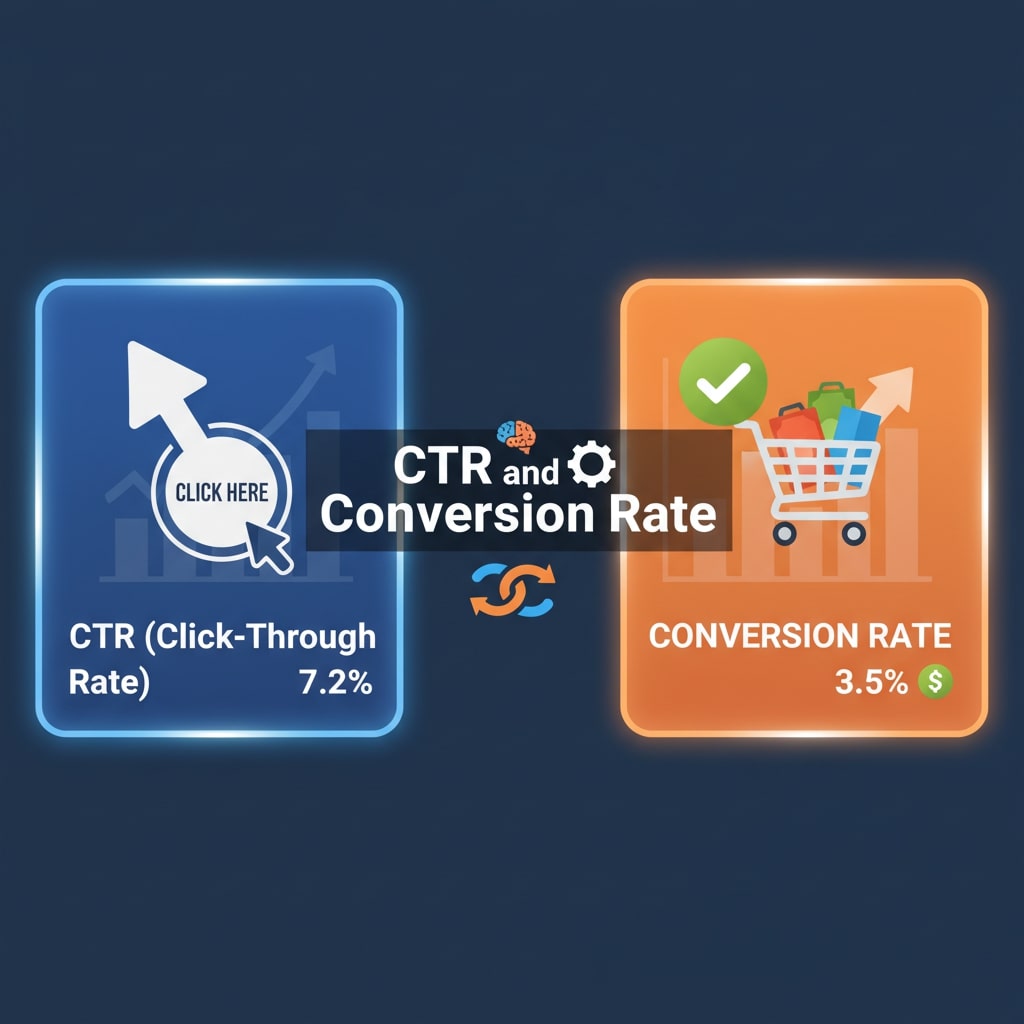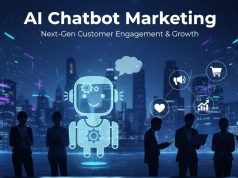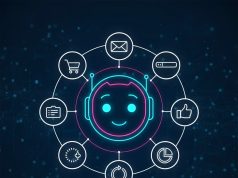In an era where digital engagement defines the success of marketing campaigns, chatbots have emerged as a transformative tool that enables brands to interact with customers at scale. Implementing chatbots across websites, social media platforms, and messaging apps allows companies to provide instant support, personalized recommendations, and proactive outreach 24/7. However, to justify chatbot investments and optimize campaign budgets, marketers must measure return on investment (ROI) accurately. This comprehensive guide explores the key metrics and strategies needed to maximize ROI in chatbot marketing, ensuring your conversational AI initiatives deliver measurable business impact. Whether you are a startup experimenting with chatbots or an enterprise refining your AI strategy, understanding ROI metrics is essential.
Defining ROI
Defining ROI in chatbot marketing begins with understanding the relationship between revenue generated and the costs associated with chatbot deployment and maintenance. ROI is calculated by subtracting the total cost of ownership (development, integration, licensing, and support) from the revenue directly attributed to chatbot interactions, then dividing that figure by the total cost. In chatbot contexts, revenue might come from conversions, upsells, cross-sells, or reduced operational expenses. Accurately attributing revenue requires tracking user journeys and mapping chatbot engagements to lead generation or sales outcomes. By establishing a clear ROI framework, marketers can assess the performance of chatbot campaigns and make informed decisions about resource allocation.
Why Measure ROI?
Why is measuring ROI critical? Without quantifiable metrics, chatbot initiatives risk becoming a vanity project rather than a strategic asset. Tracking ROI provides visibility into which conversational flows deliver the highest impact, helping teams prioritize features such as product recommendations, lead qualification, or customer support. Furthermore, transparent ROI reporting fosters cross-functional alignment—marketing, sales, and customer service stakeholders can justify budgets and demonstrate value to leadership. By focusing on financial outcomes, chatbot teams can shift from anecdotal success stories to data-driven demonstrations of how conversational AI drives revenue growth, enhances customer experiences, and reduces operational costs over time.
Engagement Rate
Engagement rate measures the percentage of users who initiate or respond to chatbot interactions after encountering them. High engagement indicates that your chatbot’s greeting messages, prompts, and content resonate with your audience. To calculate engagement rate, divide the number of users who send at least one message to the bot by the total number of unique visitors exposed to the bot. Monitoring engagement over time helps you identify conversational bottlenecks, low-performing prompts, or segments of users who disengage. Strategies to boost engagement include optimizing welcome messages, anticipating user intent, and offering clear value propositions. Ultimately, a strong engagement rate lays the foundation for driving conversions and leads.
CTR and Conversion Rate

Click-through rate (CTR) and conversion rate are two fundamental metrics for evaluating chatbot effectiveness in marketing. CTR tracks how often users click on links, buttons, or calls to action within a chat session. A higher CTR implies that your messaging is persuasive and your bot flows guide users toward desired actions. Conversion rate measures the percentage of users who complete a goal—such as filling out a lead form, making a purchase, or booking an appointment—after interacting with the chatbot. To improve both metrics, test variations of button labels, streamline the conversation flow, and ensure that your bot’s personality aligns with brand tone. Continuous refinement based on A/B testing will boost CTR and conversions.
Lead Generation Metrics

Lead generation is a primary objective for many chatbot marketing campaigns. To assess performance, track metrics such as number of qualified leads, cost per lead (CPL), and lead-to-customer conversion rate. Qualified leads are those that meet pre-defined criteria—like company size or budget—and are more likely to convert. Calculate CPL by dividing the total chatbot campaign cost by the number of qualified leads generated. A lower CPL indicates efficient use of marketing funds. Next, evaluate the lead-to-customer conversion rate by tracking the percentage of chatbot-generated leads that turn into paying customers. By optimizing lead qualification questions and routing high-value leads to sales teams, you can maximize ROI and drive pipeline growth.
Cost Savings Metrics
One of the most compelling ROI components of chatbot marketing is operational cost savings. Chatbots can handle thousands of routine inquiries simultaneously, reducing reliance on expensive live agents. Key metrics to track include average handle time saved, cost per interaction, and reduction in call center volume. To calculate cost savings, multiply the number of interactions handled by the chatbot by the cost per interaction if handled by a human agent. Then subtract the cost of chatbot operations. As chatbots become more sophisticated, they can tackle complex queries using natural language understanding, further reducing human workload. Quantifying cost savings highlights the efficiency gains delivered by conversational AI.
Customer Satisfaction Metrics
While financial metrics are crucial, customer satisfaction and sentiment metrics are equally important for a holistic ROI analysis. Measure user satisfaction through post-interaction surveys, chat ratings, and Net Promoter Score (NPS). A high satisfaction rate indicates that your chatbot provides value, resolves issues effectively, and aligns with brand expectations. Collect qualitative feedback to identify pain points and improvement opportunities. Positive experiences drive customer loyalty, repeat business, and word-of-mouth referrals, which indirectly boost revenue. By combining satisfaction metrics with revenue-driven KPIs, you can demonstrate how chatbot marketing not only saves costs but also strengthens customer relationships and brand reputation.
Strategic Planning
Begin your ROI optimization journey with strategic planning. Start by defining clear objectives—such as increasing lead volume, enhancing customer support efficiency, or boosting average order value. Align chatbot goals with broader marketing and business targets to ensure that every conversational flow contributes to measurable outcomes. Establish benchmarks and timelines for achieving key metrics, and assign ownership to track progress. A well-documented roadmap fosters accountability, drives cross-team collaboration, and ensures alignment with organizational priorities. Prioritizing high-impact use cases and iteratively rolling out chatbot features can lead to early wins that build confidence and secure ongoing investment.
Personalization and Segmentation
Personalization lies at the heart of maximizing chatbot ROI. Tailoring conversations based on user data—such as browsing behavior, purchase history, or demographic information—increases relevance and conversion potential. Implement audience segmentation to deliver contextual offers and product recommendations that resonate with individual users. For example, returning customers can receive exclusive loyalty rewards, while new visitors may be guided through a product discovery journey. Use data from CRM systems and marketing automation platforms to inform chat flows, ensuring that each interaction feels human and valuable. Effective personalization not only boosts conversion rates but also fosters long-term customer relationships.
A/B Testing and Optimization
Continuous optimization through A/B testing is essential for refining chatbot performance. Experiment with variations in messaging style, button placement, conversation length, and call-to-action phrasing to identify what drives the best results. Use statistically significant sample sizes and clear success metrics—like conversion rate uplift or reduced drop-off points—to determine winners. Implement changes gradually to isolate their impact and avoid confounding variables. Document test results and share insights with stakeholders to inform future development. Over time, an optimized chatbot flow that leverages data-driven improvements will outperform static campaigns, leading to higher ROI and sustained growth.
Omnichannel Integration
Integrating chatbots across multiple channels enhances reach and user convenience. Deploy conversational assistants on your website, social media platforms, messaging apps, and mobile apps to meet customers wherever they prefer to engage. Consistent branding and seamless handoffs between channels ensure a unified experience. Track cross-channel metrics to understand how users interact with your chatbot on different platforms and tailor your approach accordingly. For example, quick responses on social media can drive traffic to your e-commerce store, while email follow-ups can nurture leads captured via chat. An omnichannel strategy amplifies your chatbot’s impact and contributes to a higher overall ROI.
AI and Automation
Leveraging advanced AI capabilities—like natural language processing (NLP) and machine learning—can elevate chatbot performance and drive ROI. NLP enhances understanding of user intent, enabling chatbots to handle complex queries and provide relevant answers. Machine learning algorithms can analyze conversation data to identify patterns, optimize flows, and predict customer needs. Automate routine tasks such as appointment scheduling, password resets, or order tracking to free up human agents for high-value interactions. Integrating AI-driven recommendations empowers chatbots to suggest relevant products or content based on user preferences. Embracing AI and automation accelerates ROI by improving efficiency, accuracy, and user satisfaction.
Case Study 1: E-Commerce Success
A leading online retailer implemented an AI-powered chatbot to assist customers with product selection and checkout support. By integrating customer browsing history and purchase data, the chatbot provided personalized recommendations, increasing average order value by 18%. The team tracked key metrics—engagement rate, CTR, and conversion rate—and discovered that users who interacted with the chatbot had a 25% higher purchase rate than those who did not. Cost per interaction decreased by 40% due to reduced support tickets. Within three months, the retailer achieved an ROI of 300%, demonstrating the power of data-driven chatbot marketing strategies.
Case Study 2: B2B SaaS Efficiency
A B2B software provider deployed a conversational assistant to handle onboarding queries and technical troubleshooting. Using proactive chat triggers, the bot engaged new users within minutes of signup, guiding them through setup and feature tutorials. The result was a 50% reduction in live chat and email support volume. Measuring handle time saved and cost per interaction, the company calculated a cost savings of over $200,000 in six months. Additionally, customer satisfaction scores improved by 20% as users experienced faster resolutions. This case underscores how focusing on both revenue and cost metrics can optimize overall chatbot ROI.
Tools and Platforms
Selecting the right tools and platforms is crucial for successful ROI tracking and optimization. Look for chatbot providers that offer robust analytics dashboards, integration with CRM and marketing automation systems, and support for A/B testing. Popular options include Dialogflow, Microsoft Bot Framework, ManyChat, and Chatfuel, each with unique strengths in NLP, omnichannel deployment, and customization. Evaluate pricing models—subscription fees, usage-based billing, or revenue share—to align costs with predicted returns. Consider add-on solutions for sentiment analysis, voice-enabled bots, or advanced machine learning capabilities. A well-chosen tech stack simplifies data collection, enables real-time insights, and accelerates ROI improvements.
Continuous Improvement
Maximizing ROI in chatbot marketing is an ongoing process that requires continuous monitoring, analysis, and refinement. Establish a regular cadence for reviewing performance metrics, gathering user feedback, and updating conversation flows. Implement an iterative improvement methodology—such as agile sprints—to test new features and incorporate learnings quickly. Encourage cross-functional teams to collaborate on content updates, UX enhancements, and technical optimizations. By treating your chatbot as a living product rather than a one-time deployment, you can adapt to changing customer needs, market trends, and business priorities. Consistent optimization ensures that your chatbot remains a high-performing asset, driving sustainable ROI over time.
Conclusion
Tracking and maximizing ROI in chatbot marketing empowers organizations to make data-driven decisions, optimize budgets, and demonstrate tangible business value. By focusing on key metrics—such as engagement rate, conversion rate, cost savings, and customer satisfaction—marketers can identify high-impact opportunities and refine their conversational strategies. Strategic planning, personalization, A/B testing, and omnichannel integration further amplify results. Leveraging AI and automation unlocks efficiency gains, while real-world case studies illustrate how to achieve substantial ROI. With the right tools, an agile approach, and a commitment to continuous improvement, chatbot marketing can become a powerful driver of revenue growth and customer loyalty in 2025 and beyond.









